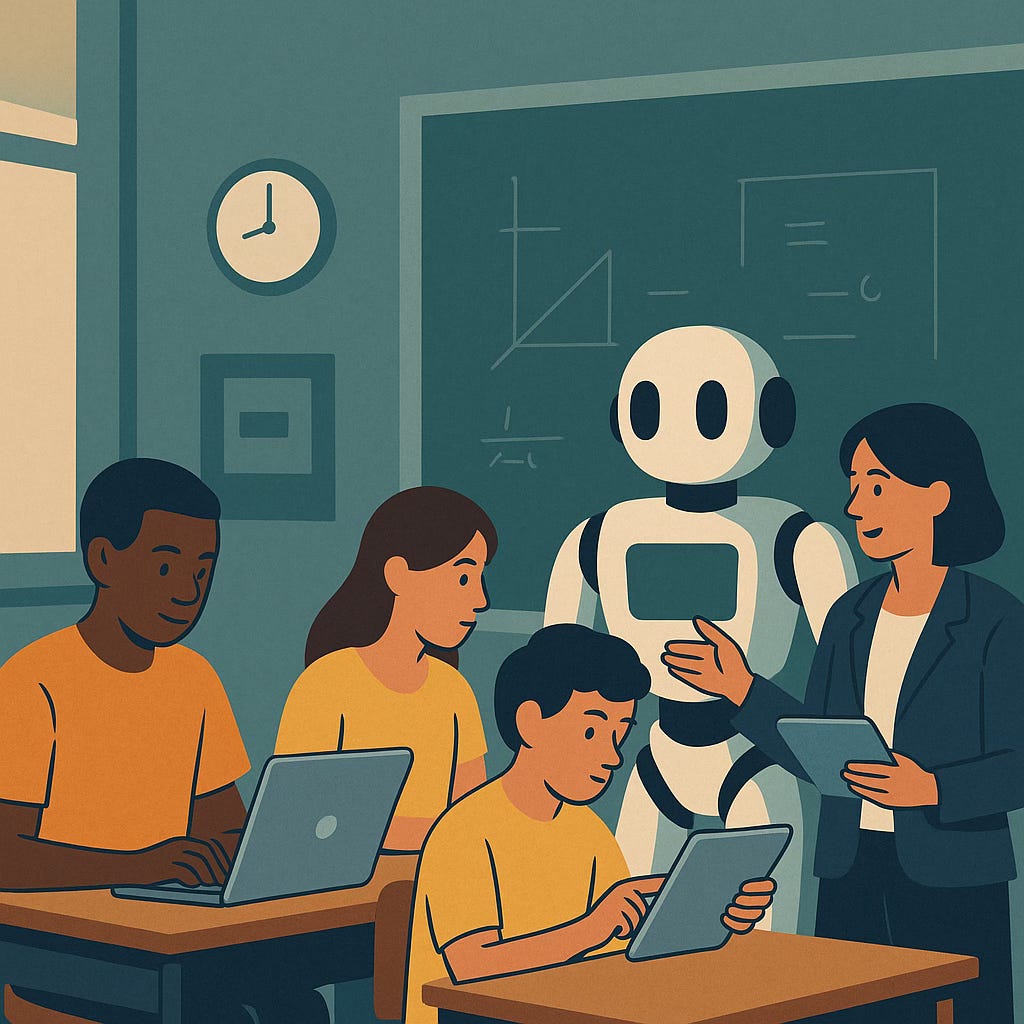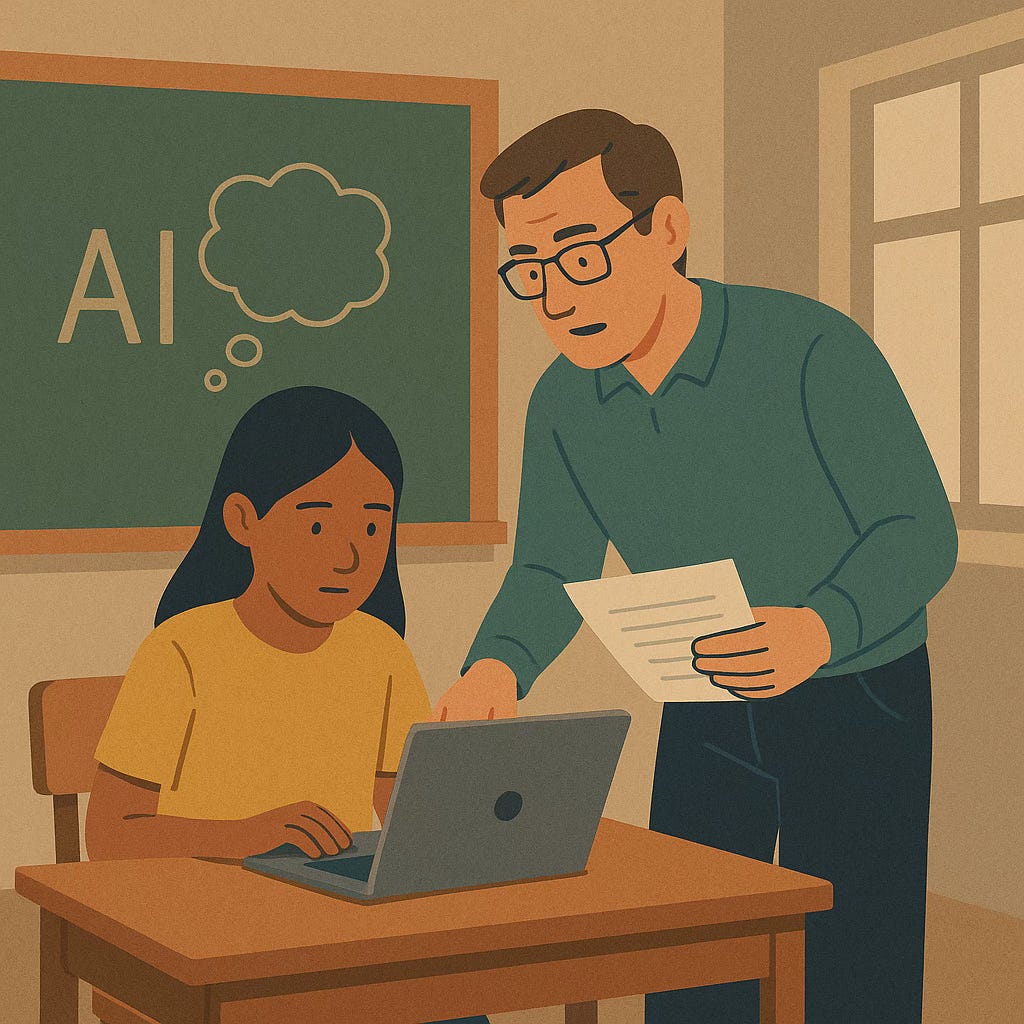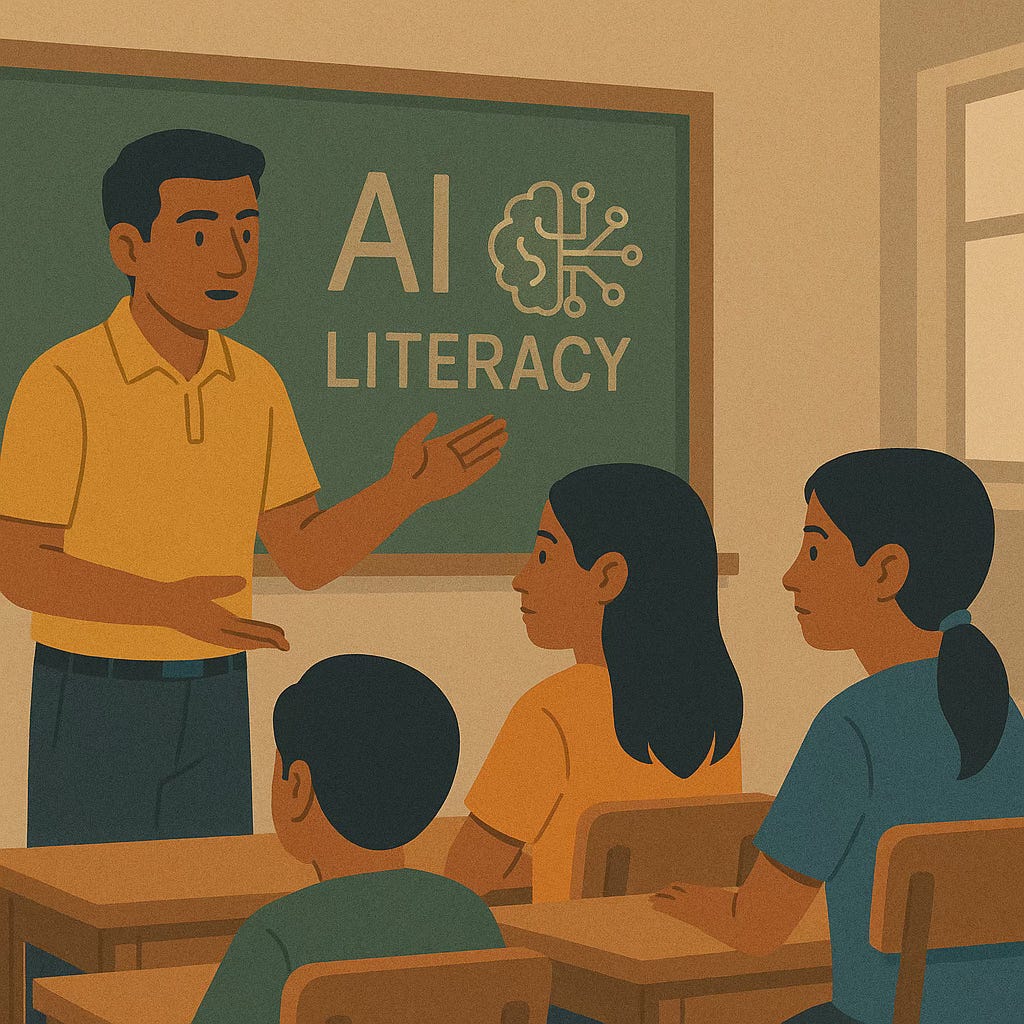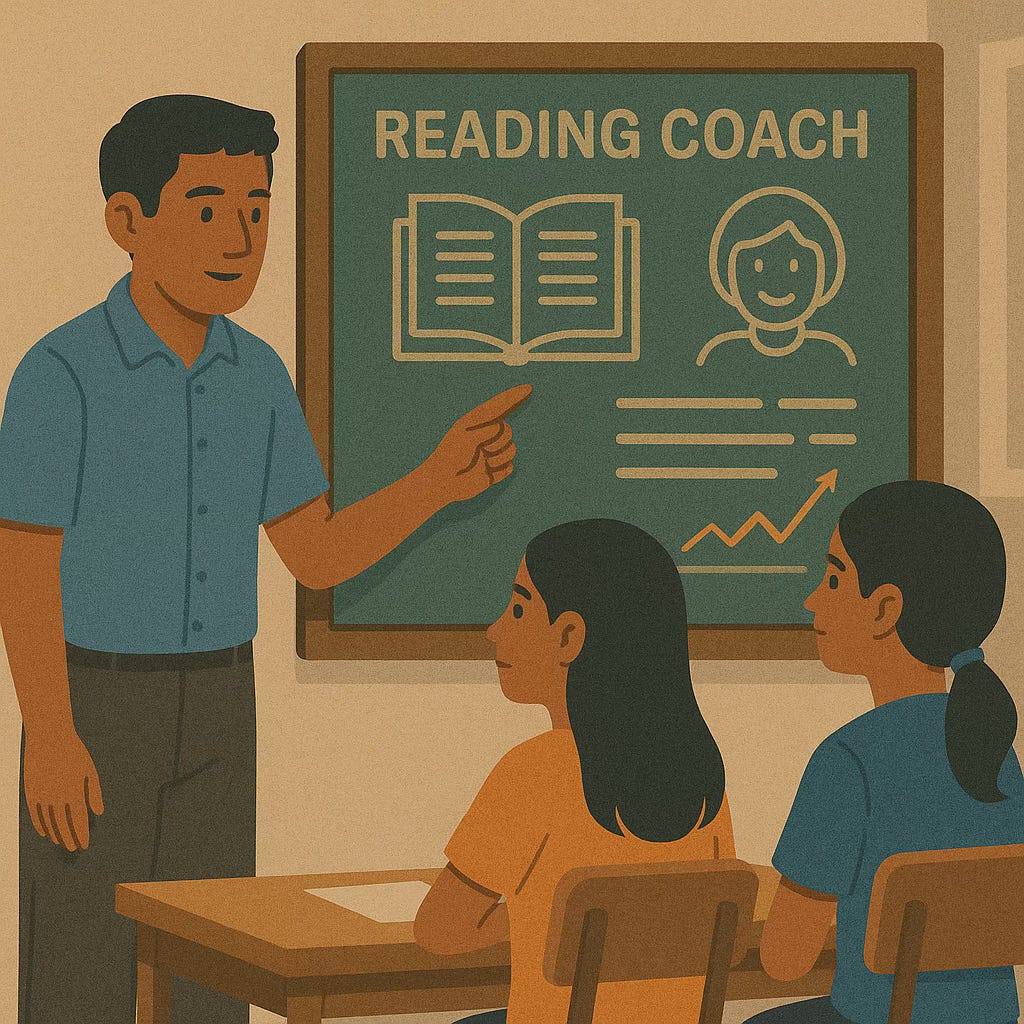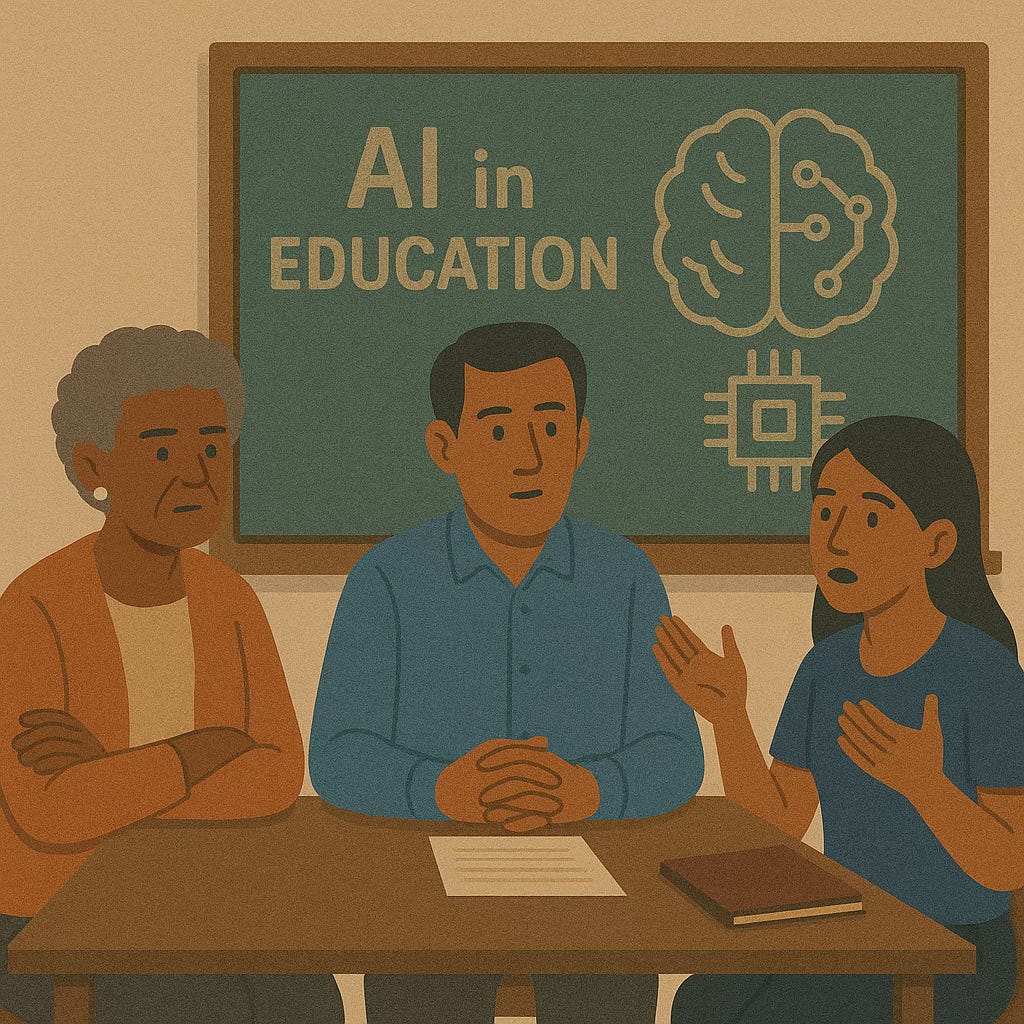Back to School in a World of Acceleration
The school year is underway—but this fall’s classroom is changing faster than ever. Educators are racing to adapt to AI-powered tools, new assessment models, and shifting educational paradigms—all while trying to preserve learning integrity and equity.
1) Assessment Reinvented
Schools are experimenting with ways to assess understanding beyond the traditional take-home essay. In Australia, the University of South Australia has revived the oral exam (viva voce) to test real comprehension amid the rise of generative AI tools. Source (paywalled)
In the UK, experts are calling for an overhaul of A-levels and GCSEs, citing the need for AI-aware assessment and better exam security as tools like smart glasses and chatbots proliferate. Source
2) Teachers Embrace AI—With Caution
Many teachers are harnessing AI to save time and personalize learning—creating quizzes, adapting reading levels, and supporting diverse learners—while remaining wary of bias, inaccuracies, and unclear policies. The emerging role: teacher as AI curator, not just user. Source
3) Global Initiatives for AI Literacy
Worldwide, governments and institutions are pushing AI literacy. In India, the IITs are promoting responsible AI and cybersecurity education to broaden access. Source
In Australia, Amazon Web Services announced a program to teach one million students AI fundamentals over three years, addressing national skills gaps and emphasizing ethics. Source (paywalled)
4) Tech Tools with Purpose
In the Philippines, the Department of Education – partnering with Microsoft – is scaling AI-powered literacy tools such as Reading Coach and Reading Progress. The goal: personalize instruction and reduce teacher workload while expanding equitable access. Source
5) Risks, Equity, and Inclusion
The benefits of acceleration are uneven. Without investment, AI could worsen the digital divide for schools lacking devices, bandwidth, or teacher training. UNESCO warns that policy often trails innovation, risking fragmented approaches. Source
U.S. guidance also stresses that humans must remain central—AI should augment, not replace, teaching and learning. Source (PDF)
First- and Second-Order Effects to Watch
Assessment shifts: Oral exams, AI-aware testing, and real-time feedback may become standard.
Teacher roles evolve: Educators act as AI curators, ensuring quality, equity, and transparency.
Global divergence: Policy capacity will shape distinct national models of AI-enabled schooling.
Inequality risks: Without inclusive design and funding, AI could widen achievement gaps.
